Ramin Djawadi: A Journey Through Iconic Soundtracks
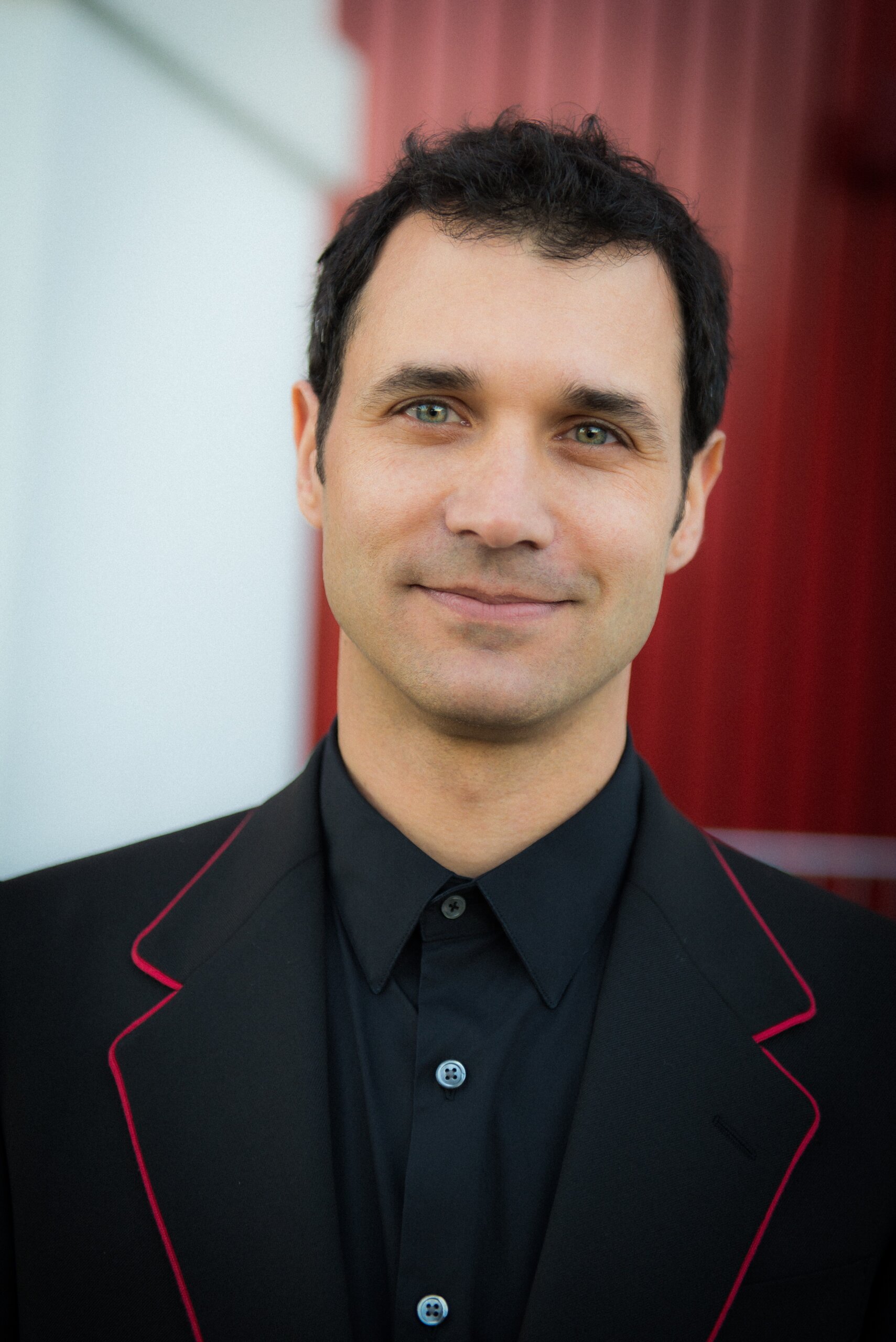
Photo by Andres Jimenez
Today we speak with the well-known film and television composer, Ramin Djawadi, whose name has become synonymous with some of the most iconic soundtracks in modern visual entertainment. He is perhaps most famously known for his themes for HBO’s Game of Thrones Series and prequel House of the Dragon, his soundtracks for blockbuster films such as Pacific Rim, Clash of the Titans, and several Marvel titles like Blade: Trinity, Iron Man and The Eternals, as well as for his scores in series such as 3 Body Problem, Prison Break, Person of Interest, and Westworld, among many others.
Ramin was born and raised in Duisburg, West Germany, and he later moved to the United States to study at the Berklee College of Music, where he graduated in 1998. His talent was noticed by Hans Zimmer, who recruited him to Remote Control Productions. He moved to Los Angeles and worked as an assistant to Klaus Badelt. During that time he contributed additional music and arrangements for Badelt and Zimmer films such as Pirates of the Caribbean: The Curse of the Black Pearl, Batman Begins, or Something’s Gotta Give.
In 2004, he took a step forward in his solo career with Blade: Trinity, and he started a successful career as the prominent composer he is today. In 2011, HBO selected him to compose the score for Game of Thrones, which has become one of the most enduring in television history.
Today, Ramin remains very active creating great music to many big productions. Most recently, he added the Waldorf Quantum to his studio setup, and we are truly honored and excited to know that our instruments are part of his sonic toolkit. We had the chance to have a conversation with him, here’s what he has to say about it!
Follow Ramin
Follow Ramin
What do you enjoy most about your work?
I like that in our profession every project is different and requires a different approach. That can entail many things from instrumentation to stylistic approach. In addition to that, I like that it’s always a collaboration with the filmmakers, sitting down together and coming up with musical ideas that capture the story and support their creative vision.
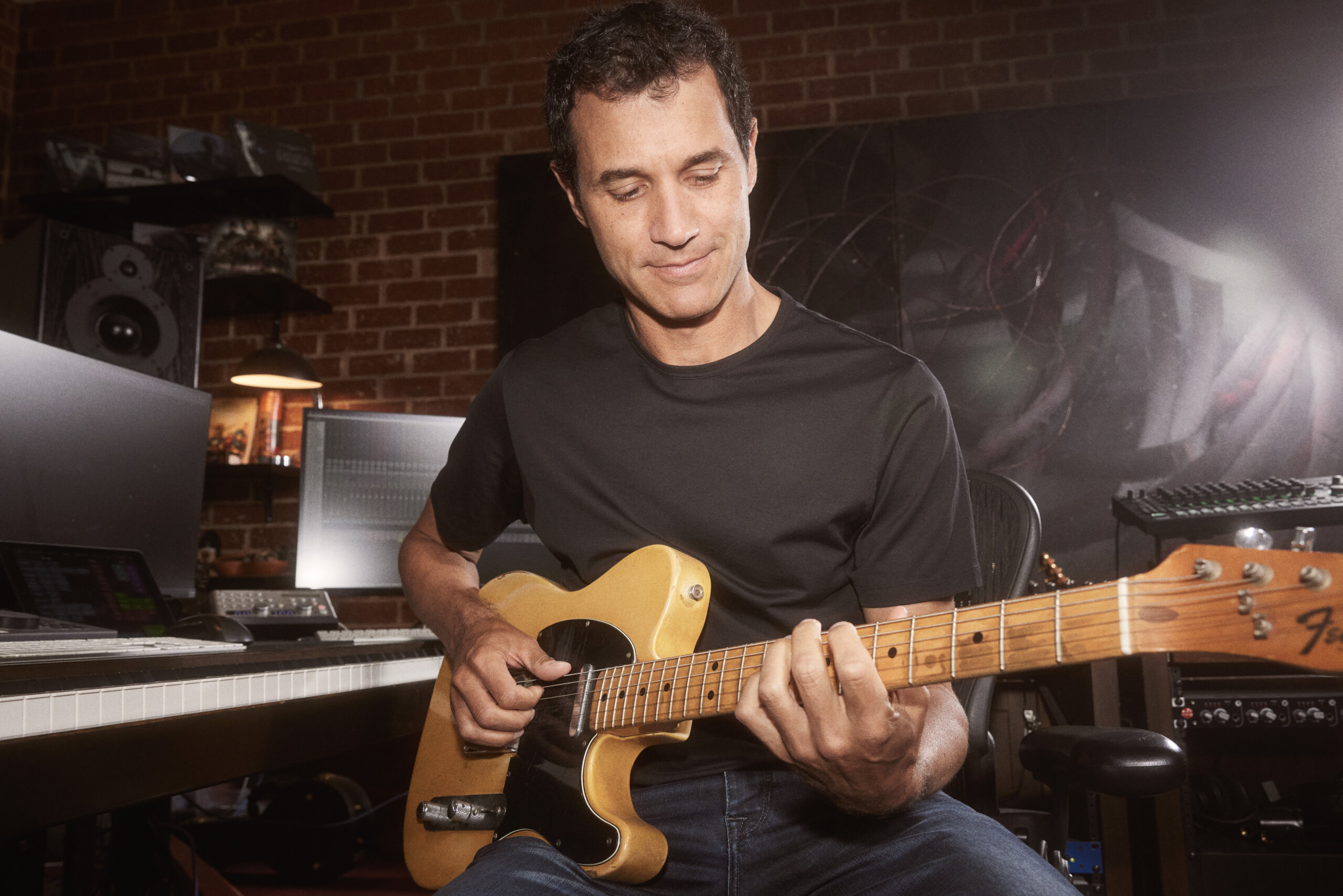
Photo by Matt Martin
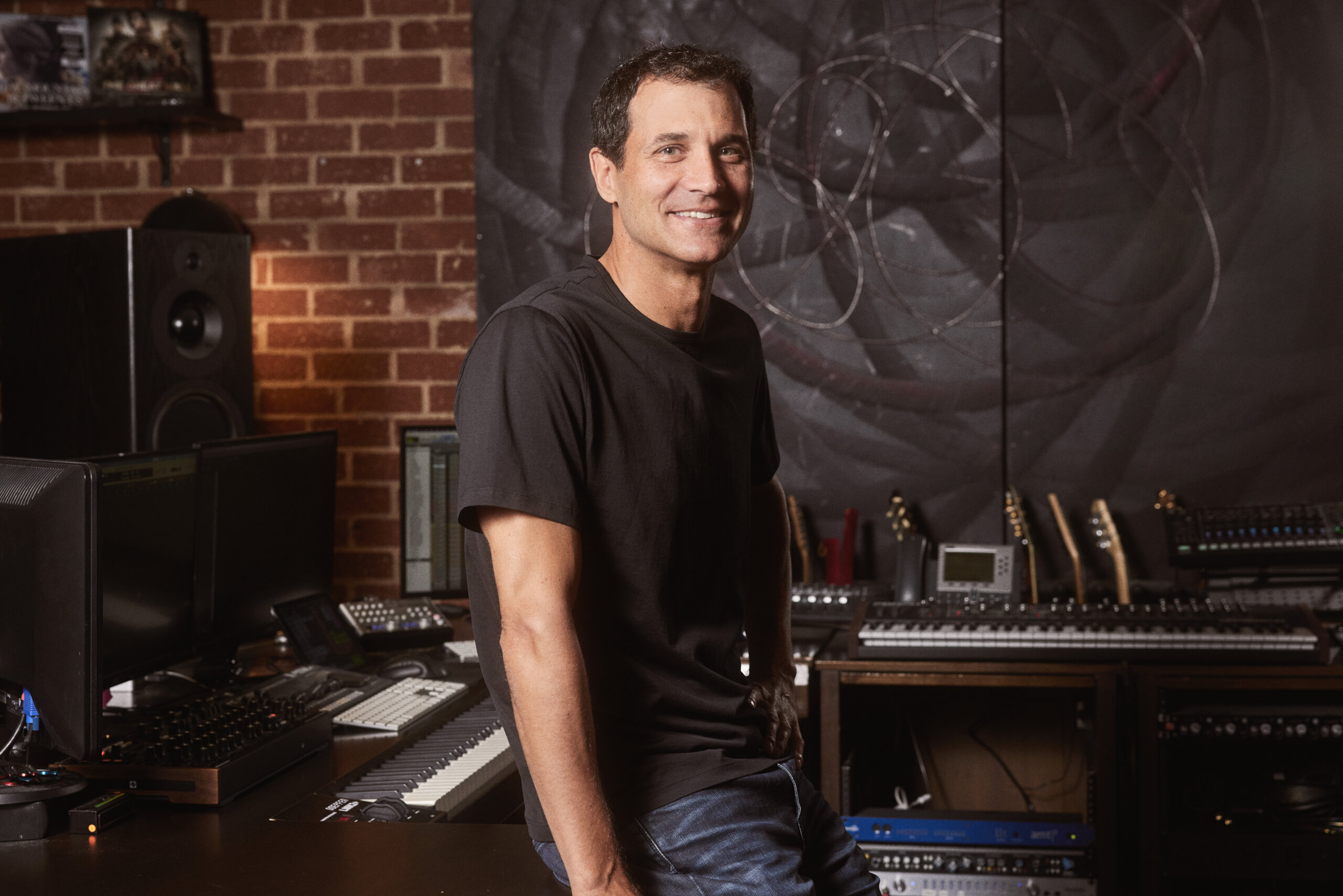
Photo by Matt Martin
How do you approach creating a sonic identity for different types of audiovisual projects? Could you share an example?
Many times these decisions are made together with the filmmakers. We might identify a certain instrument or instrumentation that captures the mood of the project. The cello is a prominent instrument in the Game of Thrones score, representing the raw and dark tone that permeates the show. In Westworld, we strategically placed anachronistic piano covers into the saloon’s player piano, creating a contemporary jukebox.
How do you approach creating a sonic identity for different types of audiovisual projects? Could you share an example?
Many times these decisions are made together with the filmmakers. We might identify a certain instrument or instrumentation that captures the mood of the project. The cello is a prominent instrument in the Game of Thrones score, representing the raw and dark tone that permeates the show. In Westworld, we strategically placed anachronistic piano covers into the saloon’s player piano, creating a contemporary jukebox.
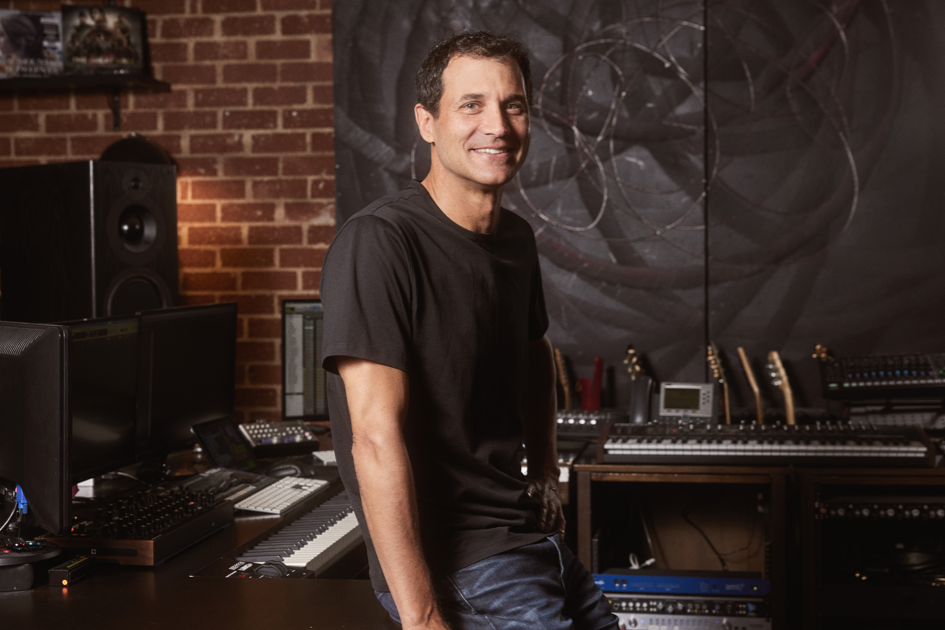
Photo by Matt Martin
Do you follow a specific workflow when starting a new project? Do you have a preferred instrument or technique for sketching ideas?
Do you follow a specific workflow when starting a new project? Do you have a preferred instrument or technique for sketching ideas?
I usually start sketching on the piano. If time allows, I like to sketch out pieces and sleep on them, coming back the next day to see what still resonates. I also usually like to work on at least two pieces at a time so I can give one piece a break and come back with fresh ears.
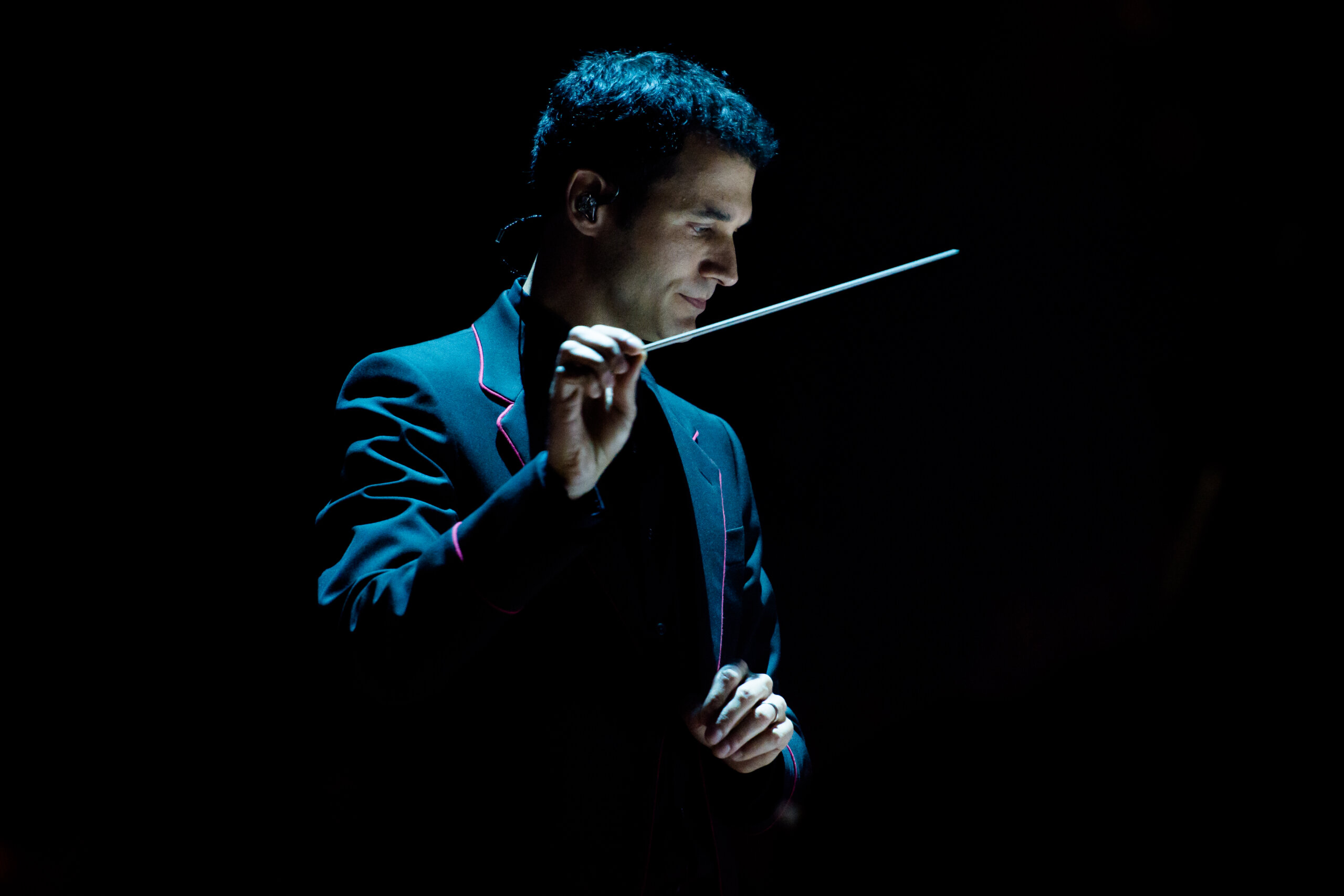
Photo by Andres Jimenez
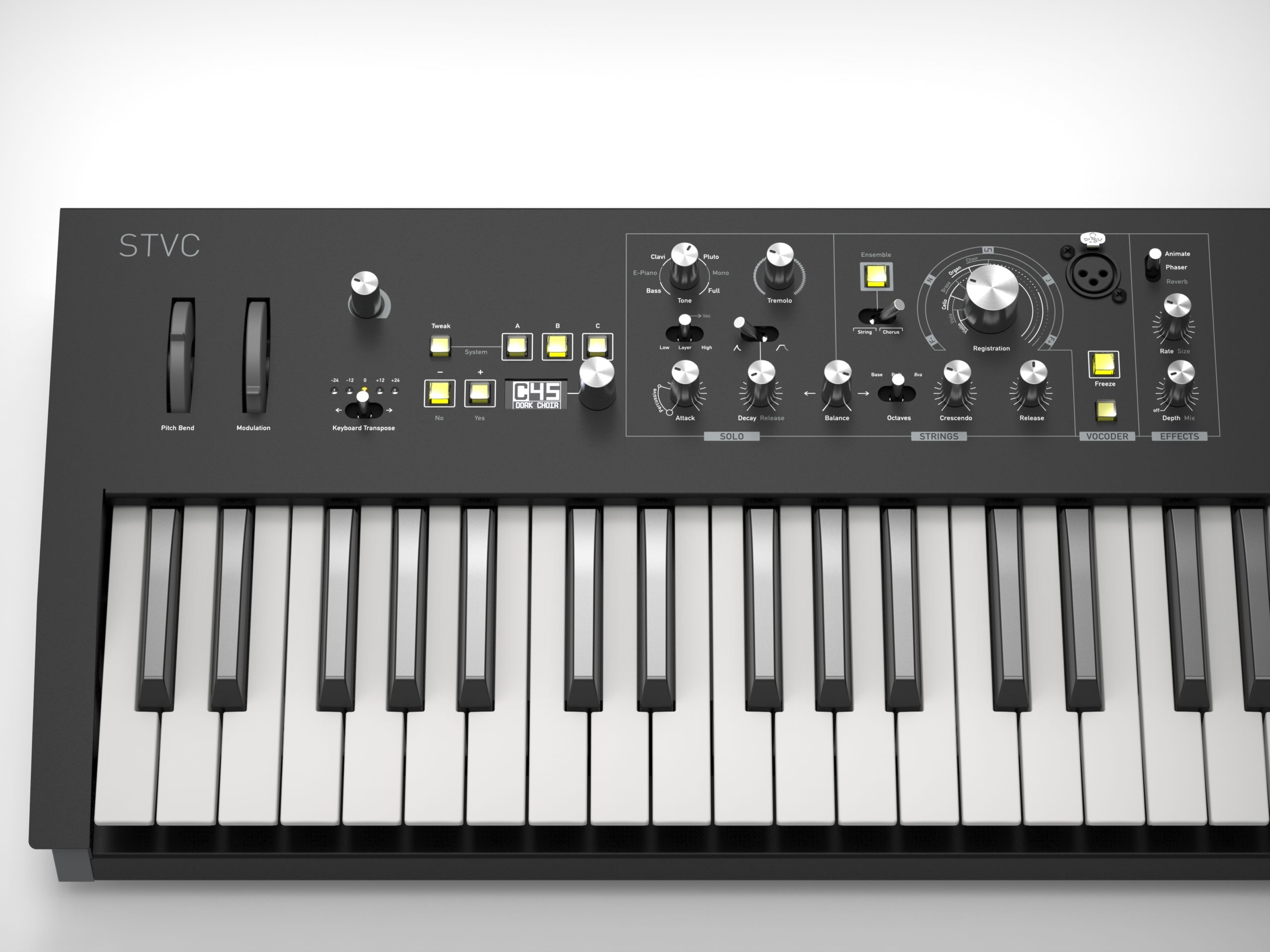
What role do synthesizers play in your compositional process? How do you incorporate traditional orchestral instruments alongside electronic or modern sounds?
Synthesizers are a big part of today’s music. It’s project-specific when it comes to determining the prominence of synthesizers in my scores, but I generally enjoy the creativity that an electronic sound palette provides. Take the STVC for example, a great string synthesizer whose sounds inspire on their own but also add a new dimension when blended with traditional instruments.
What role do synthesizers play in your compositional process? How do you incorporate traditional orchestral instruments alongside electronic or modern sounds?
Synthesizers are a big part of today’s music. It’s project-specific when it comes to determining the prominence of synthesizers in my scores, but I generally enjoy the creativity that an electronic sound palette provides. Take the STVC for example, a great string synthesizer whose sounds inspire on their own but also add a new dimension when blended with traditional instruments.

What time of day or night will we meet you most often in your studio?
I tend to start early in the morning once the kids are off to school, but can also be found there once the kids have gone to bed.
What time of day or night will we meet you most often in your studio?
I tend to start early in the morning once the kids are off to school, but can also be found there once the kids have gone to bed.
What was your first interaction with Waldorf Music?
I saw the Waldorf Microwave and always liked the sonic quality and intuitive hardware layout. When the Waldorf Q came out, I bought it directly from NAMM and was one of the first to get my hands on it. It is still on my desk in my studio today.
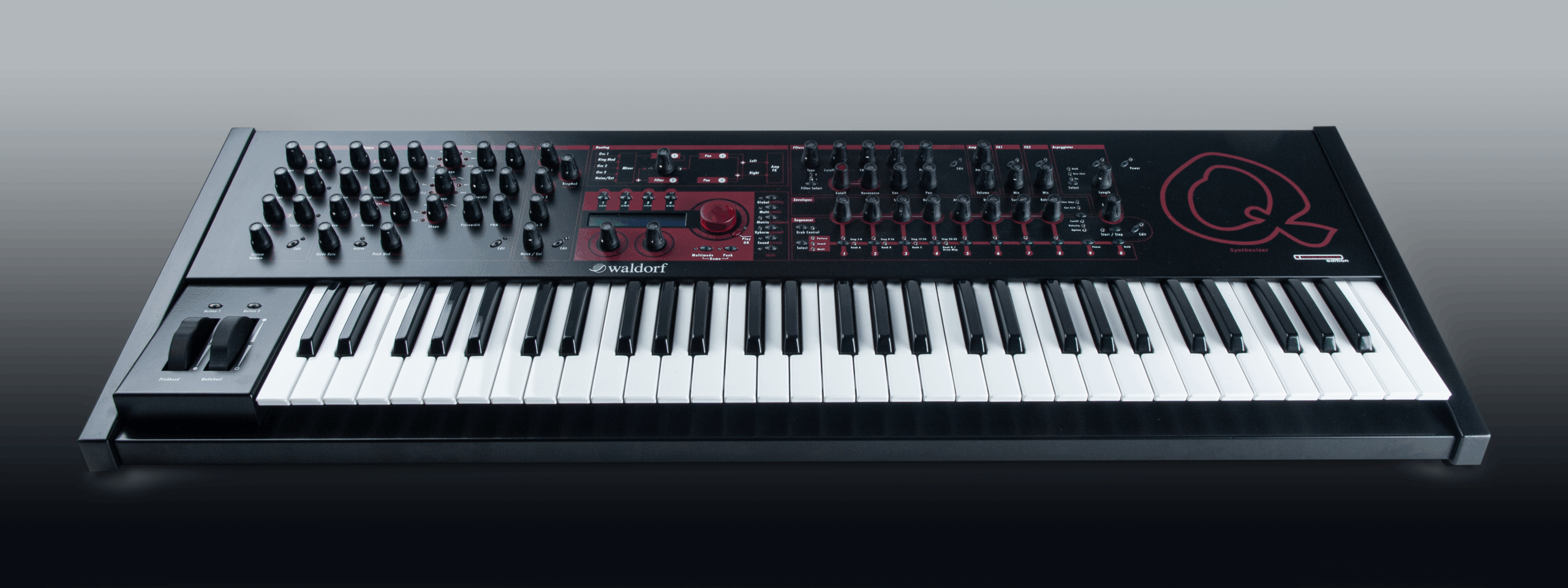
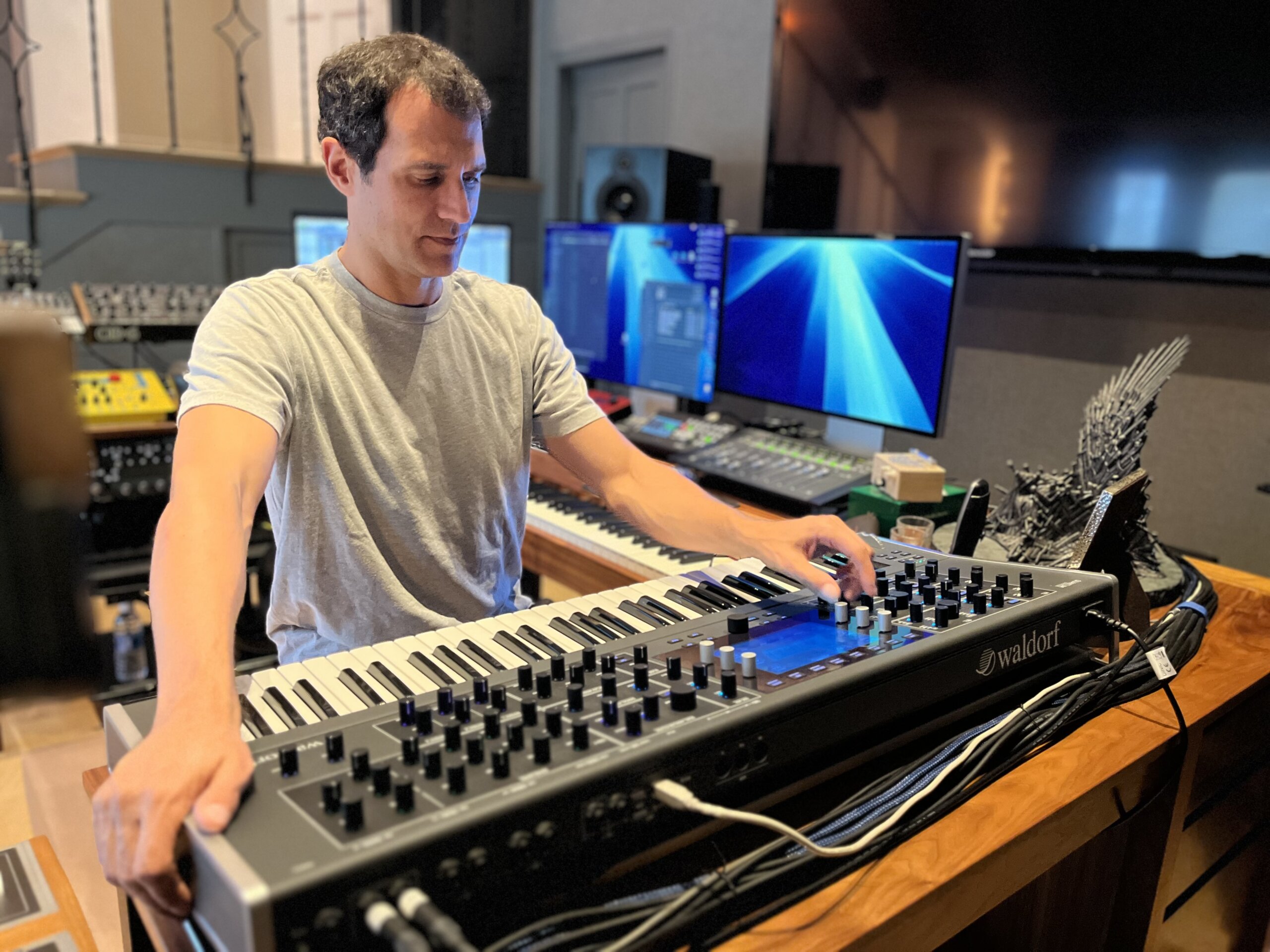
What inspired you to incorporate the Waldorf Quantum into your setup? How does it fit into your existing workflow?
The Quantum was a flagship synth that pushed the boundaries of synthesis. I reach for the Quantum when I am searching for a distinctive digital sound to build a cue around.
What inspired you to incorporate the Waldorf Quantum into your setup? How does it fit into your existing workflow?
The Quantum was a flagship synth that pushed the boundaries of synthesis. I reach for the Quantum when I am searching for a distinctive digital sound to build a cue around.

Are there any upcoming projects where the Quantum will be featured?
I used the Quantum on The Eternals score, and it will certainly make another appearance soon!
Are there any upcoming projects where the Quantum will be featured?
I used the Quantum on The Eternals score, and it will certainly make another appearance soon!
What advice would you give to young composers trying to break into the industry today?
Be yourself. Follow your own musical instincts and you will develop your own voice as an artist.
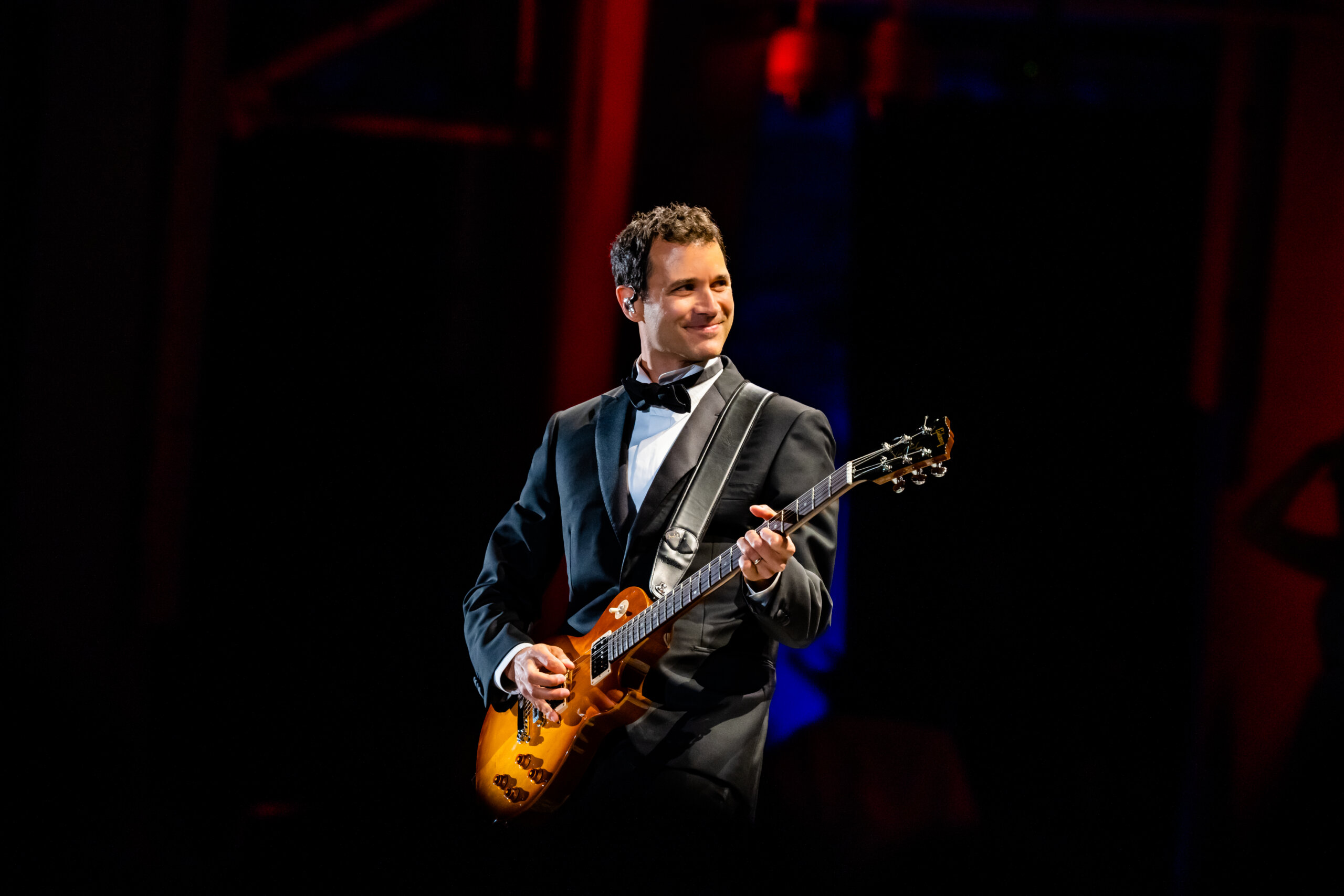
Photo by Andres Jimenez

